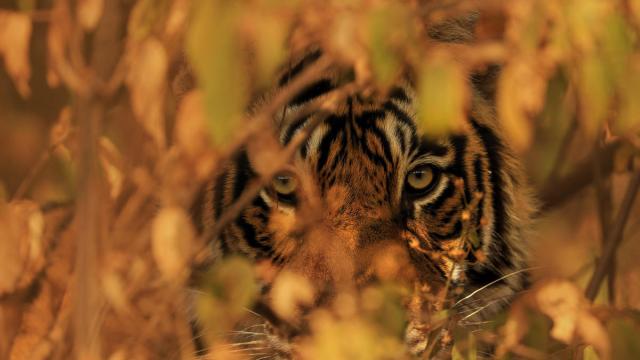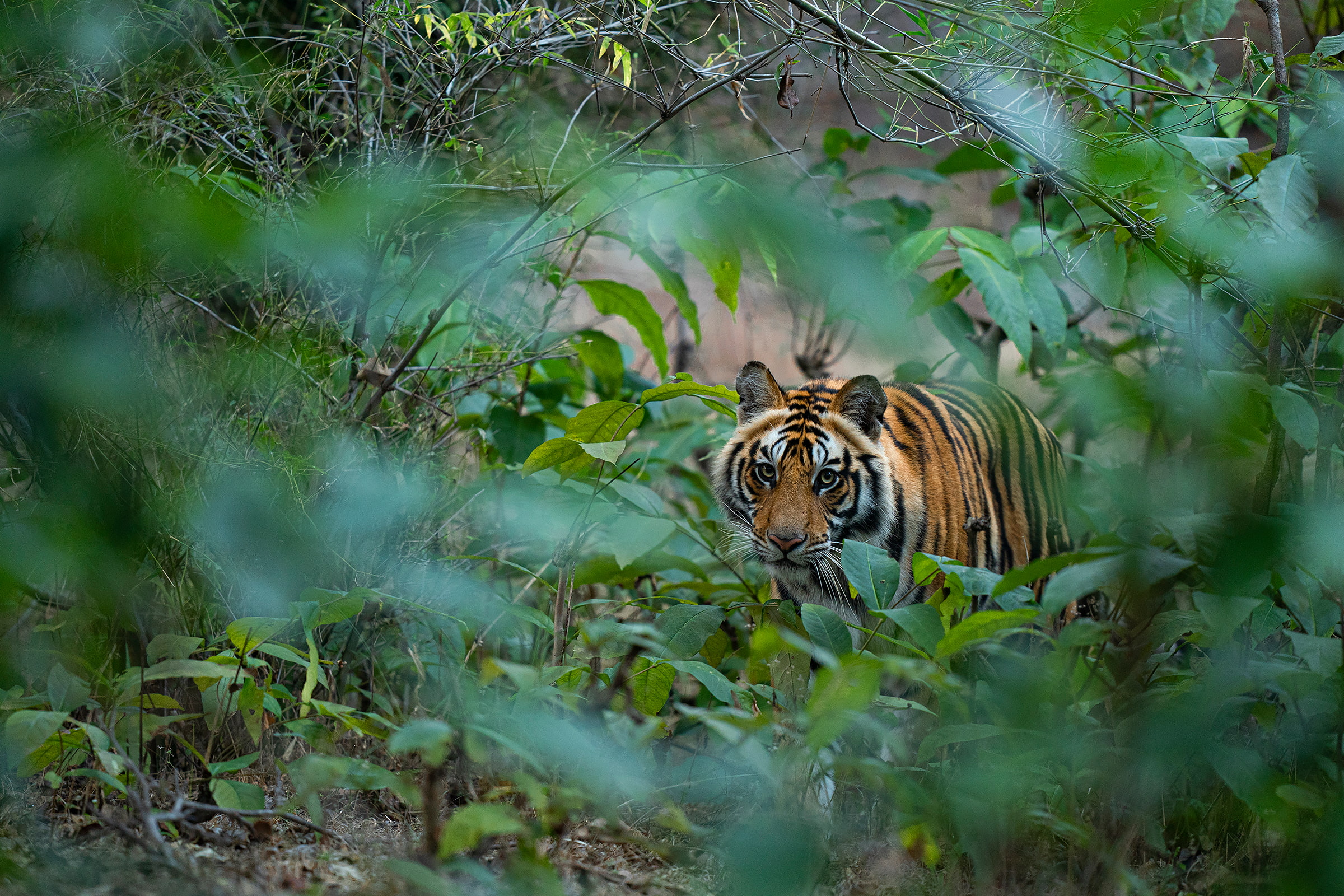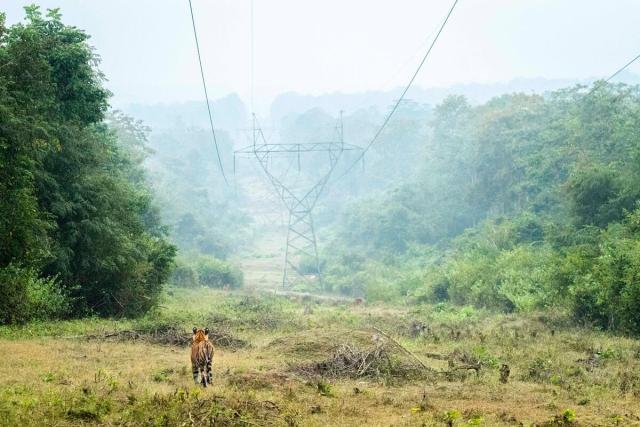
Issue
India is home to more wild tigers than any other country.
Living with one of the world’s most captivating yet powerful carnivores is no easy matter. In countries like the UK, it can be hard to imagine seeing an apex predator while on a walk around your local village. But for communities who live in and near tiger reserves, it’s a real possibility.
As tiger populations start to recover and human populations grow, there’s higher risk of human-tiger encounters. In some cases, tigers are killed in retaliation for attacking livestock animals. It can be devastating for both people and wildlife.
Achanakmar Tiger Reserve was once a vital corridor in Central India, but has deteriorated over recent decades. By 2023, tiger numbers had fallen to just five.
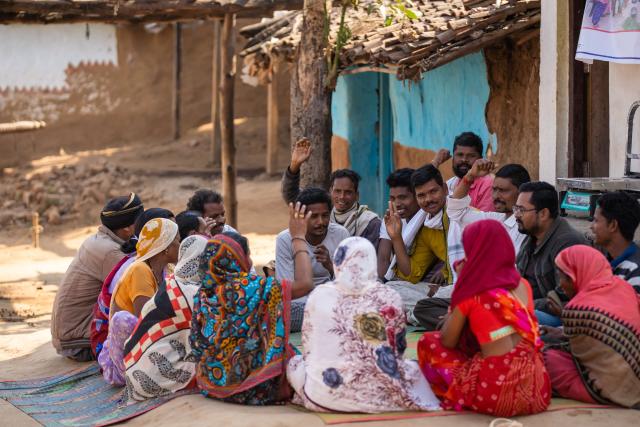
Solution
WWF-India is working with the Chhattisgarh Forest Department to create conditions for tiger recovery, helping to secure a future for wild tigers across their historic range, in coexistence and in partnership with Indigenous Peoples and local communities. The Achanakmar Tiger Reserve is a crucial landscape for tiger conservation.
A small, dedicated team is leading this effort, helping to reduce conflict between people and tigers. They run a scheme which allows people to receive immediate financial relief if they lose any livestock to tigers or other wildlife. This makes retaliatory killings less likely, and helps people live alongside tigers.
WWF also support a ‘honey collective’. In the Kanha-Achanakmar Corridor, people have been collecting wild honey using traditional methods for generations, but it is dangerous. The honey collective provides bee-safe suits and training in sustainably collecting honey. This provides a much-needed additional source of income, taking some of the pressure off people relying on farming and the forest. It’s a collaborative approach to conservation, benefitting both tigers and the people living near them.
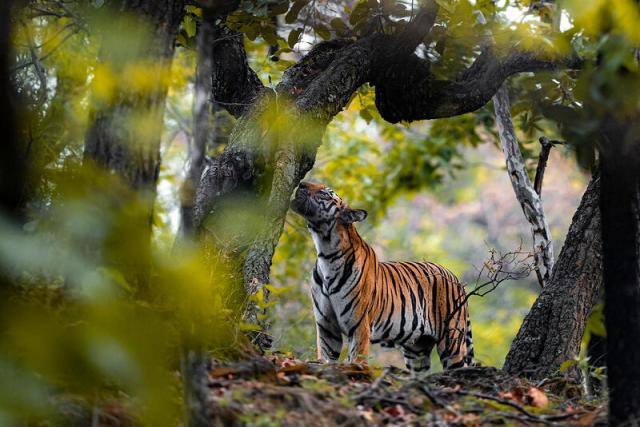
results
There are promising signs for the recovery of the reserve. Recently, a resident tigress named Jhumri was spotted with two healthy cubs – now grown to sub-adult level. The cubs’ survival is proof that Achanakmar has the potential to sustain a growing tiger population.
After decades of decline, India’s tigers are now making a remarkable comeback in many tiger reserves, successfully doubling their numbers – amid some of the highest human population densities in the world.
With the help of our generous supporters, we’re continuing to fund work like camera trap wildlife monitoring and data analysis, strengthening protection against poaching, managing and reducing human-tiger conflict, and maintaining and improving habitat connectivity. Together we can make sure tigers continue on the road to recovery.
